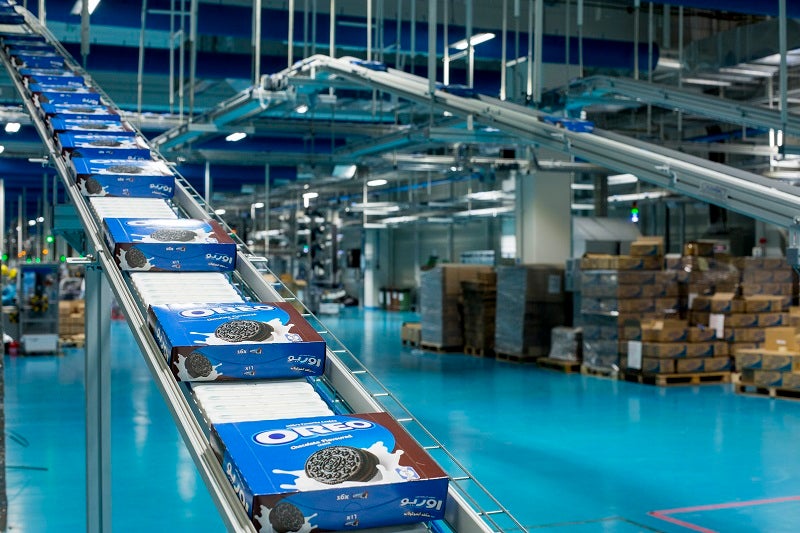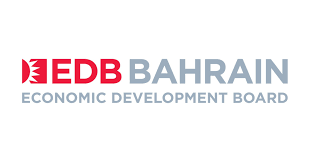
According to the World Bank, manufacturing added 14% to GDP across the Middle East and North Africa in 2018, up from 12.6% in 2016. Today, in line with various 2030 economic visions and the disruption of technologies, governments across the region are seeking to further promote manufacturing as part of their diversification strategies. Can they succeed?
A clean slate
History shows that it is possible to develop a manufacturing sector from a relatively small base, if the will and resources are there. Post-war Germany rapidly became a leading manufacturer thanks to rebuilding efforts funded by Western nations. Japan’s policy of imitation, refinement and improvement led to a manufacturing boom in the 1970s and 1980s. Both nations’ manufacturing capabilities were all but wiped out during the Second World War. This lack of legacy technology enabled them to take full advantage of new innovations and leapfrog other nations. As we look to the Fourth Industrial Revolution, the Middle East’s – and in particular the Gulf region’s – market size, spending power, natural resources, location, competitive costs, qualified manpower and government support, along with advances in digital technology, automation and the industrial internet of things – will enable the region to emulate the success of countries such as Germany and Japan.
Fundamental advantages
The region has a number of fundamental advantages for manufacturers. It is a natural trade hub, a maritime crossroads between Europe, Asia and Africa – a role it has played for many centuries. This geographical advantage is worth bearing in mind; the gravity model of trade shows that trade is stronger when large markets are readily accessible. In addition, oil revenues have generated impressive sovereign wealth funds, giving governments the ability to invest in achieving policy goals. Saudi Arabia’s Vision 2030, Bahrain’s Economic Vision 2030, and in the UAE both Abu Dhabi’s Economic Vision 2030 and Dubai’s Industrial Strategy 2030, all feature growth in manufacturing as a key pillar of diversification.
Location, location, location
Firms evaluating where to build manufacturing plants must weigh several factors;these include proximity to raw materials and markets, the availability of labour, transport facilities and the availability of cost-effective energy. Market proximity is high on the list of priorities for manufacturers looking to export goods. The GCC alone is a $1.5trn market, and Indian markets are readily accessible. All Gulf states have excellent port and airport facilities, and good road transport. Bahrain has invested significantly in modern digital tracking methods. Additionally, Bahrain is investing $32bn in an infrastructure transformation, due to be completed in 2025. Major logistics players recognise this, with DHL operating its primary regional distribution hub in Bahrain, and all operators having a presence in the region.
Business environment
In today’s increasingly globalised and competitive world, a business-conducive environment is key for any country seeking to attract global manufacturers. While Middle East governments often restrict foreign ownership of companies, Bahrain allows 100% foreign ownership in most business sectors. Bahrain has a regional advantage in start-up and operating costs, which are around 33% lower than its neighbours in manufacturing and 43% lower in logistics. The availability of labour varies from nation to nation. In general, the Middle East has a young, underemployed citizen labour force. In Gulf states a significant number of young people are well educated, highly skilled and tech savvy. The ‘2019 Global Start-up Ecosystem Report’ recognised Bahrain as a top 15 global ecosystem for talent affordability.
Diversified, decentralised hubs
If the region is to succeed, it must play to its strengths and there is every indication that it is well aware of both its strengths and its challenges. In Bahrain alone, the last few years have seen a number of global manufacturers set up regional hubs in the Kingdom, from giant Mondelez to F1 equipment supplier Bell Racing Helmets. The ongoing Covid-19 outbreak has thrown a stark light on the need for manufacturers to diversify and decentralise their logistics and supply chains. The Middle East must position itself as a viable option for international businesses seeking to spread their manufacturing operations. Should the region continue to play to its strengths, there is every reason to believe it will achieve its goal.
Raw materials
Availability of raw materials in the Gulf region is another major advantage that manufacturers should consider when thinking about whether to establish global manufacturing hubs in the area. Bahrain has the largest single site aluminium smelter in the world, which creates a massive opportunity for companies interested in establishing downstream aluminium manufacturing. Furthermore, Bahrain has the largest single site steel mill in the world and one of the top ten fibreglass production plants globally, both of which constitute a major opportunity for companies to establish further downstream operations. Additionally, Saudi Arabia has invested heavily in the production of plastics raw materials, which has also attracted many companies to Saudi Arabia, Bahrain and the rest of GCC in order to use such raw materials to produce various finished plastics products to be distributed regionally and globally.


